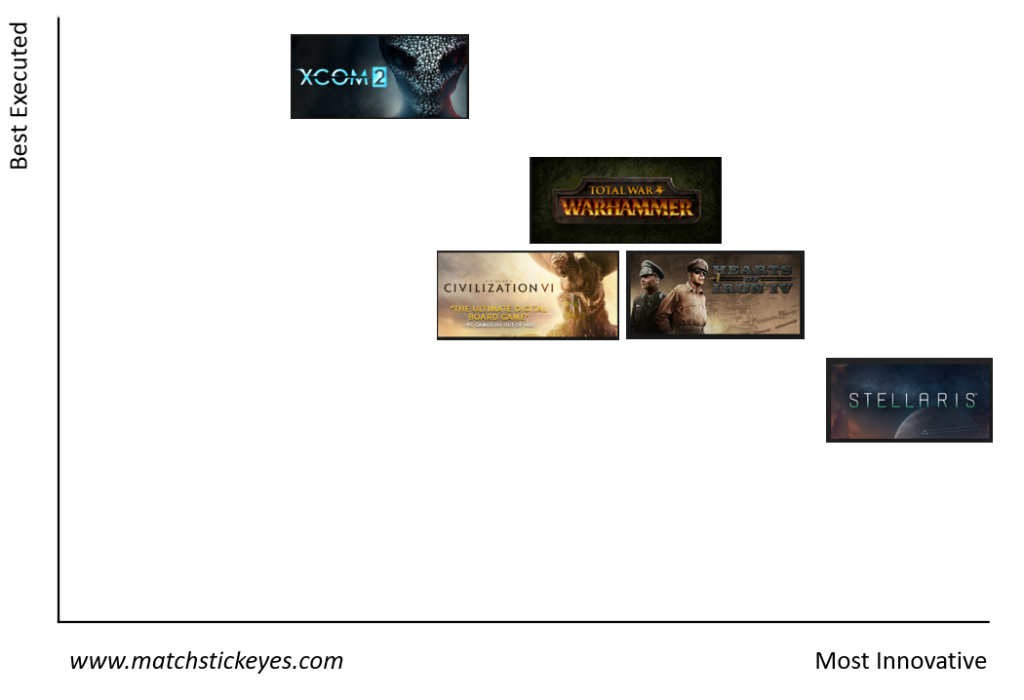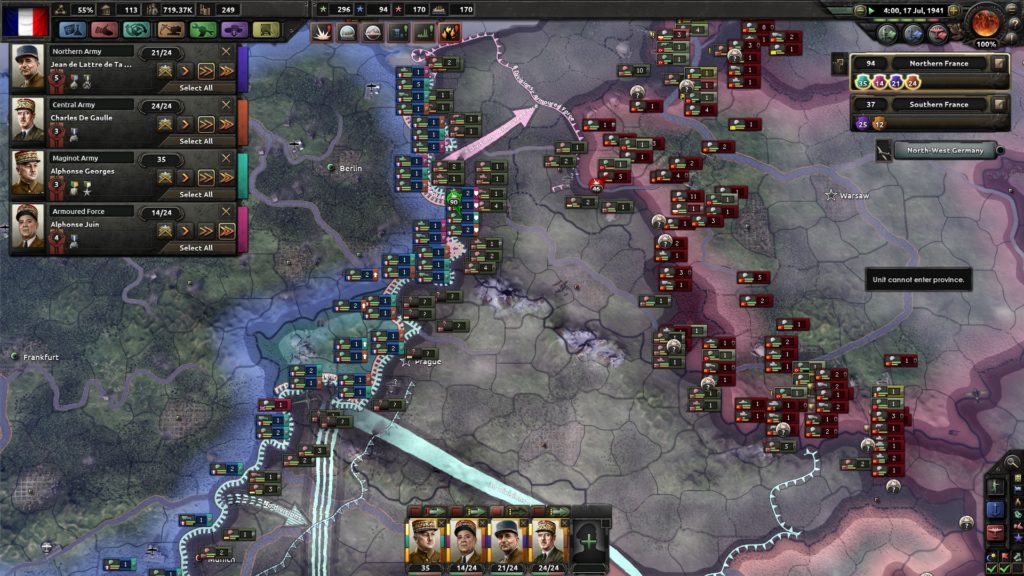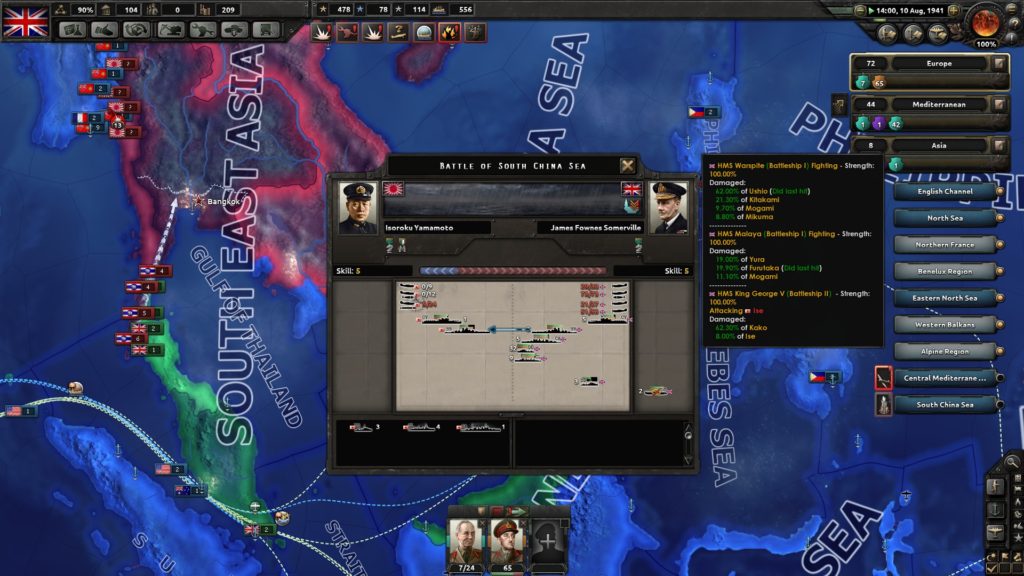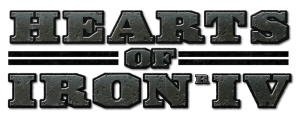
Hello! Since it’s been a while since I wrote about games, I wanted to cover off the notable titles that I’ve played in the last few months. Some of these are new releases — Wargroove, Steamworld Quest. Others are old favourites — Firaxis or Paradox games, benefiting from recent DLC. With much of my gaming moving to Nintendo Switch, I’ve broken out Switch and PC games — in general the PC games have focused on strategy, while the Switch games have been more varied.
Nintendo Switch
Wargroove was probably my standout game for the first few months of the year, with its combination of elegant mechanics, a charming aesthetic, and a generally well-designed campaign. A map can be finished in an hour; but that hour can see quick land-grabbing dashes, a meticulous dance as you yield ground or search for weaknesses in the enemy line, and the final decisive moment when your dragons swoop on the enemy stronghold, or you manage to trundle your trebuchets in range. The game is held back by poor skirmish AI – which limits replayability and makes one of the three gameplay modes, a series of linked skirmish maps, rather pointless – and I do wish the last couple of campaign maps offered depth instead of artificial challenge. Overall, though, it succeeds both as an Advance Wars spiritual successor and as its own game – I will be very interested in any DLC or sequels.
Meanwhile, Steamworld Quest has turned out to be very good. It’s built around one of the best turn-based RPG combat systems I’ve come across, both well-designed and well-executed. I think I’m about two-thirds through, and I have a longer blog post half-written, so stay tuned….

Temporarily on the back burner is the Donkey Kong DLC for Mario + Rabbids: Kingdom Battle (I finished the base game last year). It’s more of a good thing, and often laugh-out-loud funny; presumably I’ll return after playing more Steamworld Quest.
I have mixed feelings about Bomber Crew, a game sometimes compared to FTL. Individual missions are very good: enjoyable, often frantic, in the same way as FTL’s encounters. The problem is the overall structure. FTL playthroughs were short: if you died, it was back to square one, but you didn’t lose much time. Bomber Crew is more like XCOM, and not in a good way. There is an ongoing campaign and if you are shot down, you continue with a new plane and crew – the problem is that they will not have their predecessors’ upgrades. I don’t like grinding to re-upgrade the plane and re-level the crew, and I don’t think it makes for a good loop.
Finally, Worms: WMD is a solid franchise game – while the basics remain similar to previous 2D Worms games, I like the additions — vehicles and crafting. The vehicles’ destructive power is classic madcap Worms, while crafting gives the player extra options during a match.
PC
Perhaps the recent standout has been Hearts of Iron IV: first the Man the Guns expansion, then a brief return to the Kaiserreich mod, before moving onto a Fallout: New Vegas total conversion mod, Old World Blues. In general, HOI4 becomes steadily better with each version — Man the Guns and its accompanying patch are solid, without the AI problems that dog the most recent version of Stellaris, and while the new naval system takes a bit of work to set up, I like the power and flexibility that it allows. I doubt any expansion can address several problems with HOI4’s underlying design – the flawed transition between peace and war, the lagging and grindy late game – but for all that, this is a game that’s provided me with significant enjoyment over the last three years.
Old World Blues deserves a highlight for several reasons. First, there’s its sheer ambition: a whole new map, tech trees, and custom factions. Second, I love New Vegas’ setting. And third, it’s functioned as something of an expert-level class in HOI4. For instance:
- I’ve usually found supply to be trivial in HOI4, except when fighting in remote areas such as the Andes or Central Asia. It is not trivial in Old World Blues. The awful infrastructure of the post-apocalyptic West Coast, unless upgraded, imposes severe attrition on massed troops – a problem when playing as the NCR, a “quantity over quality” faction.
- Similarly, playing this mod made me realise that historical hindsight let me paper over the gaps in my knowledge of HOI4 mechanics. Yes, a long-ranged escort fighter is a good idea. Yes, armoured divisions should be built around combined arms. Yes, there’s something to these newfangled aircraft carriers. Without this advantage, I’ve struggled. I know the difference between a P-51 and a B-17, but should I build NCR salvaged power armour or Protectron robots? How important is the “Breakthrough” stat? How are supply lines calculated? I think I need to pay more attention to the underlying numbers – and that will make me a better base-game player as well.
Meanwhile, I’m currently nearing the end of my first Civilization VI: Gathering Storm run – it’s been enjoyable, even without making much use of the new features. Sadly, I don’t think I’m going to win! I also made several unsuccessful attempts as Dai Viet in Europa Universalis IV – I think I’m out of practice after not having played for several expansions.
A few non-strategy games stare at me from my Steam library. Yakuza 0 and Assassin’s Creed: Odyssey, both picked up on sale last year; the former unplayed, the latter barely scratched. Heaven’s Vault has beautiful art, and I love its premise – you play a science-fiction archaeologist and the gameplay seems built around dialogue and deciphering alien languages – but I haven’t quite been able to get into it. Next time…





